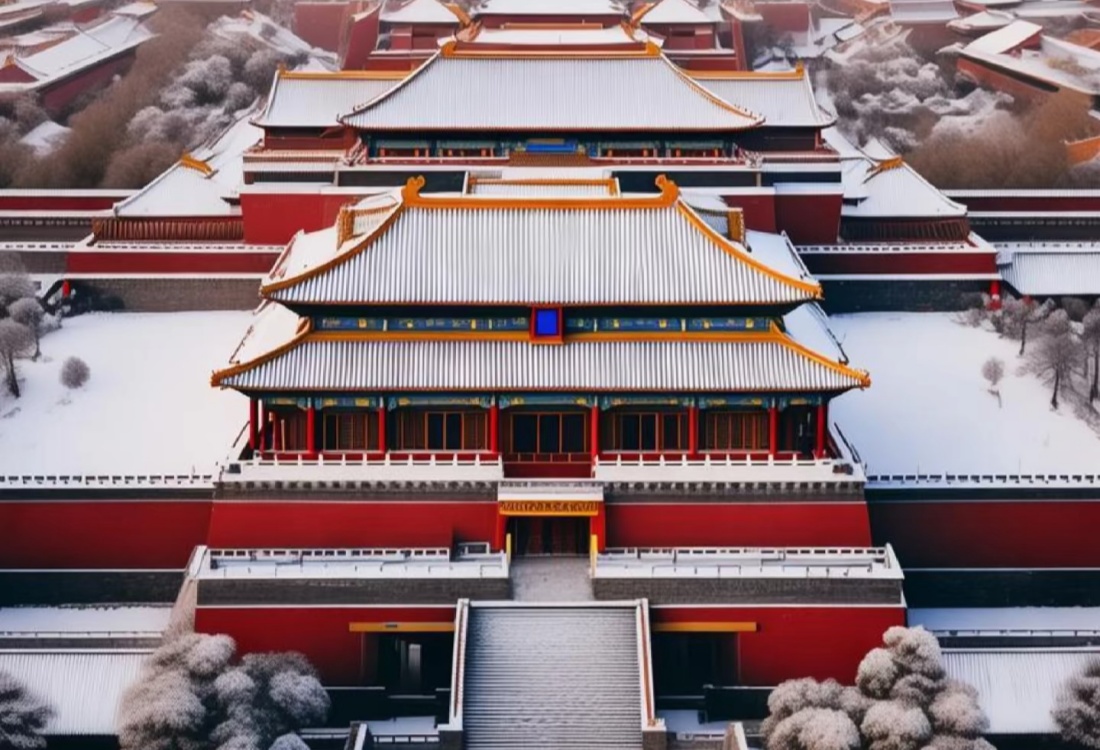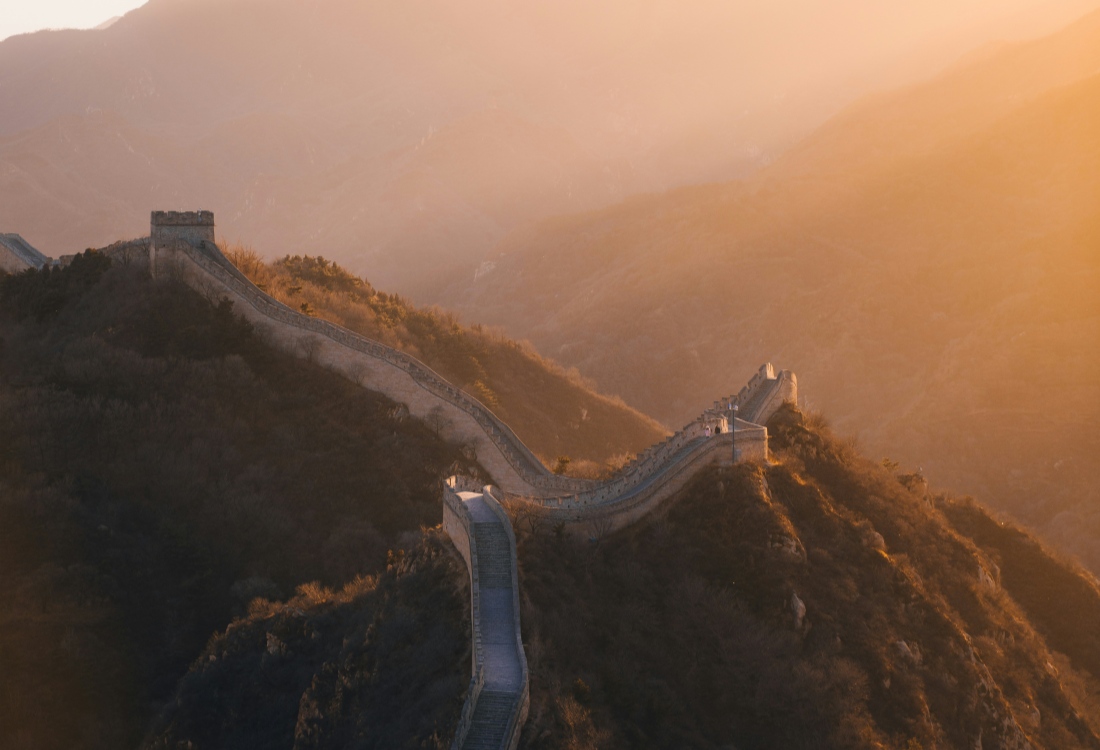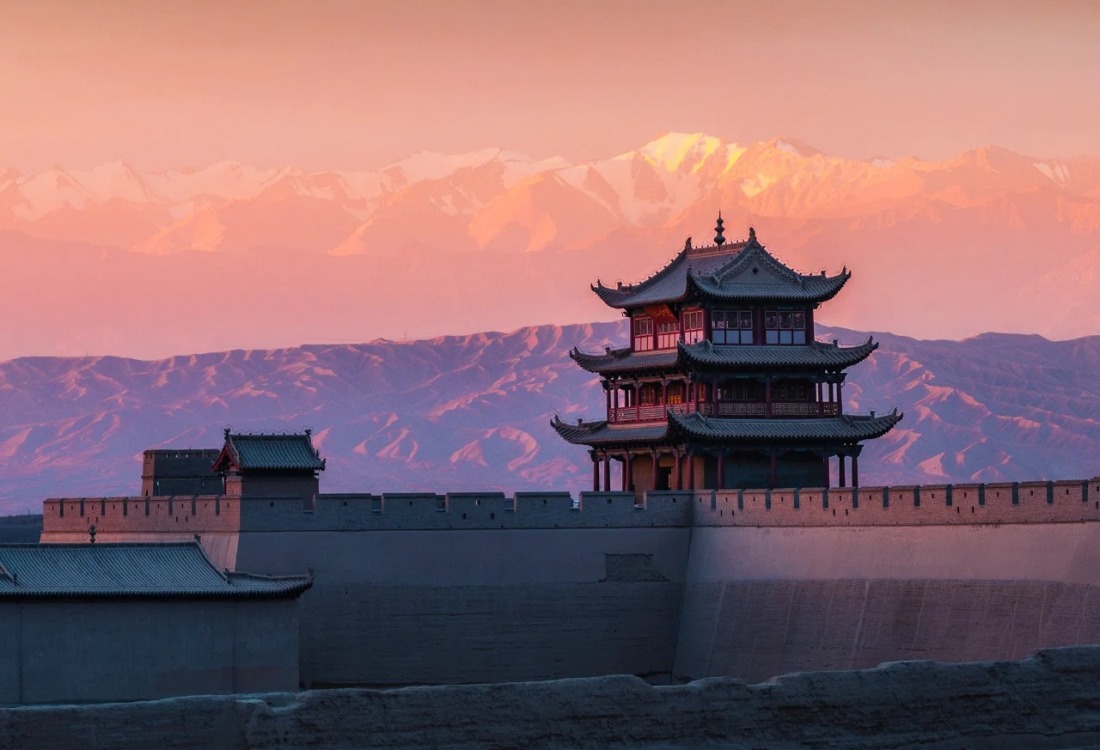Table of Contents
ToggleThe Forbidden City, located at the heart of Beijing, is one of the most iconic landmarks in China, symbolizing nearly 500 years of imperial rule. This vast palace complex was the home to 24 emperors from the Ming (1368-1644) to the Qing (1644-1912) dynasties, making it not just a residence but the political heart of ancient China. Today, it stands as a UNESCO World Heritage site, preserving the grandeur and intrigue of China’s imperial history, and is a testament to the cultural richness of the nation’s past.
The History of the Forbidden City
Construction of the Forbidden City began in 1406 under the Ming Dynasty Emperor Yongle, who wanted to establish a grand imperial palace to reflect his power and authority. The complex was completed in 1420 after 14 years of construction. Spanning approximately 180 acres and housing over 980 buildings, it served as the residence for the emperors, their families, officials, and servants. The name “Forbidden City” comes from the fact that no one could enter or leave the palace without the emperor’s permission, a reflection of the absolute power held within its walls.
For almost five centuries, the Forbidden City was the center of political and imperial power in China. The emperors of the Ming and Qing dynasties ruled from here, and every aspect of the palace reflected their authority. The complex was not just a palace but a microcosm of the empire, housing court officials, concubines, and guards who were all part of the emperor’s world of politics and power.
The Political and Court Intrigues Behind Palace Doors
The Forbidden City was the backdrop to countless political intrigues, betrayals, and dramas throughout its history. One of the most famous examples is the Empress Dowager Cixi, who effectively ruled China for nearly 50 years despite never officially becoming an empress. Her influence and manipulation of court politics from behind the scenes in the Forbidden City shaped the Qing dynasty’s fate. The intricate court politics and power struggles within the palace often resulted in assassination plots, poisonings, and power shifts that affected the fate of the entire empire.
The emperor’s life was one of solitude, and his decisions were influenced by his inner circle, including ministers, concubines, and trusted advisors, all of whom maneuvered for power and favor. These dramas unfolded behind the palace doors and were often dictated by the emperor’s ability to maintain control and navigate the intrigue within the Forbidden City’s walls.
The Forbidden City’s Influence on Chinese Art, Literature, and Culture
The Forbidden City has played a crucial role in shaping Chinese art, literature, and culture. As the center of the Chinese Empire, it was a place of cultural patronage, where scholars, poets, and artists created works under the emperor’s patronage. Many of China’s most famous works of art, calligraphy, and literature were produced within its walls, or directly influenced by the life inside the Forbidden City.
Chinese art, particularly imperial portraiture, was heavily shaped by the grandeur and symbolism of the Forbidden City. The architecture, decor, and artworks within the palace complex embodied Confucian values such as order, hierarchy, and respect for authority, which became central themes in Chinese artistic expression. The Forbidden City also heavily influenced Chinese architecture, particularly in the design of other imperial and governmental buildings across the country.
Literature flourished as well, with many poets and writers being drawn to the city’s cultural significance. The complex itself inspired countless works of fiction, poetry, and philosophy, making it not just a political center but a source of literary inspiration that echoed through Chinese history.
Traditional Chinese Architecture and Feng Shui in the Forbidden City
The design of the Forbidden City is deeply rooted in traditional Chinese architectural principles, especially those derived from feng shui and Confucian philosophy. Every aspect of the palace complex, from the orientation of the buildings to the selection of materials, was meticulously planned to ensure the emperor’s power and harmony with the natural world.
The layout follows a strict north-south axis, with the Hall of Supreme Harmony, the central building in the Forbidden City, located along the central north-south line. This is symbolic of the emperor’s central role in the universe. The buildings in the Forbidden City were arranged in a hierarchical manner, with the most important structures located at the north, symbolizing the emperor’s supreme status, while the further south you went, the less important the structures were, mirroring the hierarchical structure of society.
The color scheme also follows strict feng shui principles. The predominant color of yellow is symbolic of the emperor’s supreme status, while red, representing happiness and wealth, adorns many of the buildings. The roof tiles, glazed with golden yellow, were reserved for imperial buildings, reinforcing the status and importance of the emperor’s domain.
Additionally, the five gates of the Forbidden City correspond to the five elements of Chinese philosophy—wood, fire, earth, metal, and water—furthering the connection between architecture and natural forces, aimed at ensuring harmony and balance within the palace.
Conclusion
The Forbidden City is not merely an architectural masterpiece but a symbol of the immense political power, cultural heritage, and complex social order that defined China’s imperial past. It remains a central piece of Chinese history, and its legacy continues to influence the country’s art, architecture, and literature to this day. Exploring the Forbidden City offers more than just an insight into imperial China—it is a journey into the heart of Chinese cultural, political, and philosophical identity. Through its design, history, and the intrigues that took place within its walls, the Forbidden City offers an unparalleled glimpse into the grandeur and complexity of the ancient Chinese empire.









